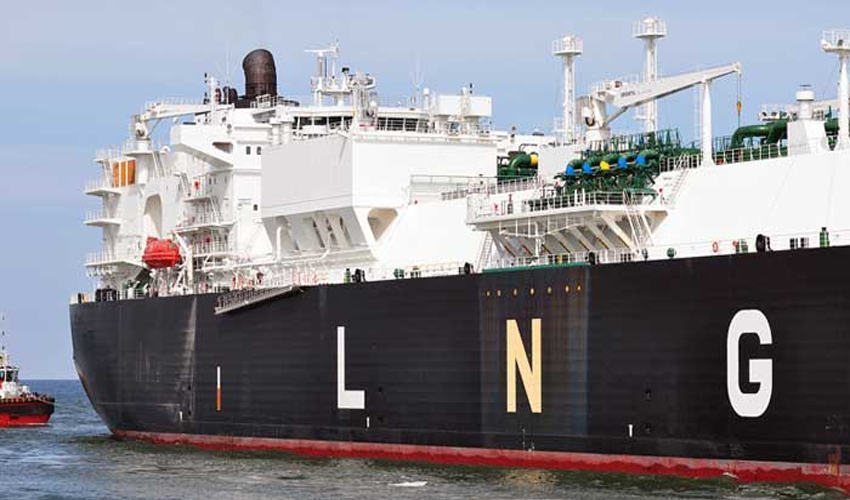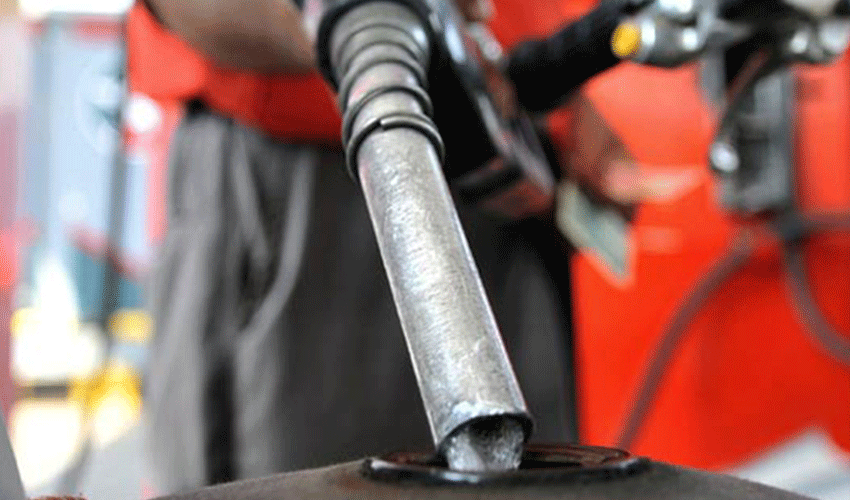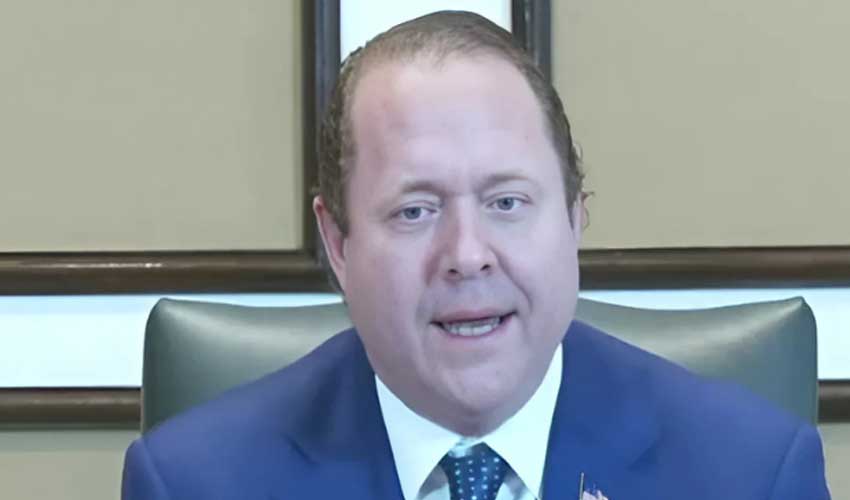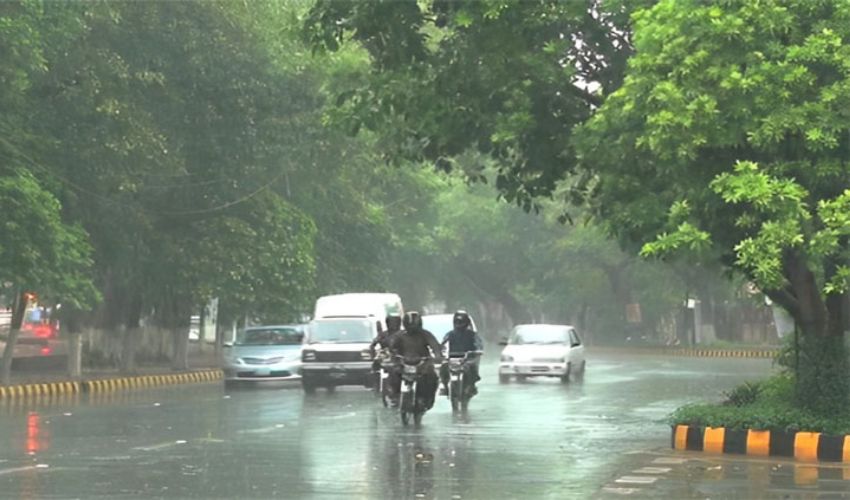Pakistan has decided to stop the purchase of imported liquefied natural gas (LNG) and redirect it to domestic consumers, following a reduction in electricity consumption.
According to documents from the Ministry of Petroleum, providing LNG to domestic consumers will require an investment of Rs163 billion. Sources said that the imported LNG is increasing pressure on pipelines on a daily basis.
Sources confirmed that the power sector had been using 600 million cubic feet per day (MMcfd) of LNG. With the closure of captive power plants, 150MMcfd of LNG will now become surplus, while the gas sector is also earning a revenue of Rs400 billion from captive power.
The government plans to address the circular debt issue by increasing gas tariffs and removing the tariff difference between imported LNG and local gas.
Currently, the tariff for local gas is set at Rs1,550 per MMcfd, while the tariff for imported LNG is Rs3,500 per MMcfd. By eliminating this tariff disparity, the government expects to generate Rs200 billion in revenue. Additionally, the tariff for fertilizer companies will also be increased as part of the broader plan to boost government revenue.
The new gas tariffs are scheduled to come into effect in February 2025.



























